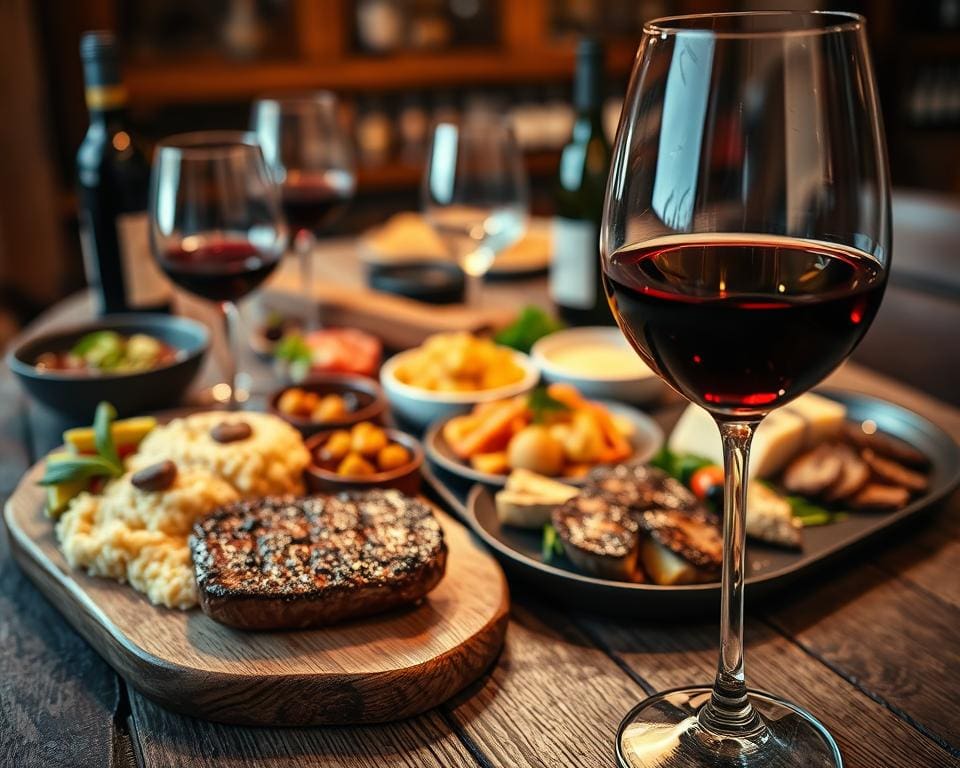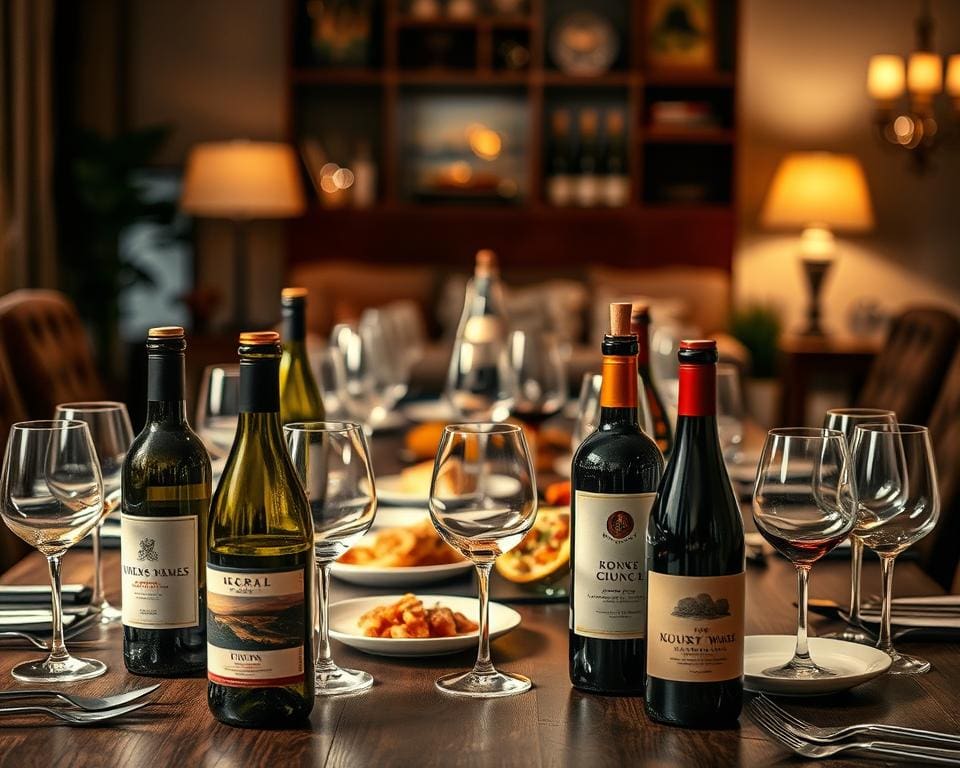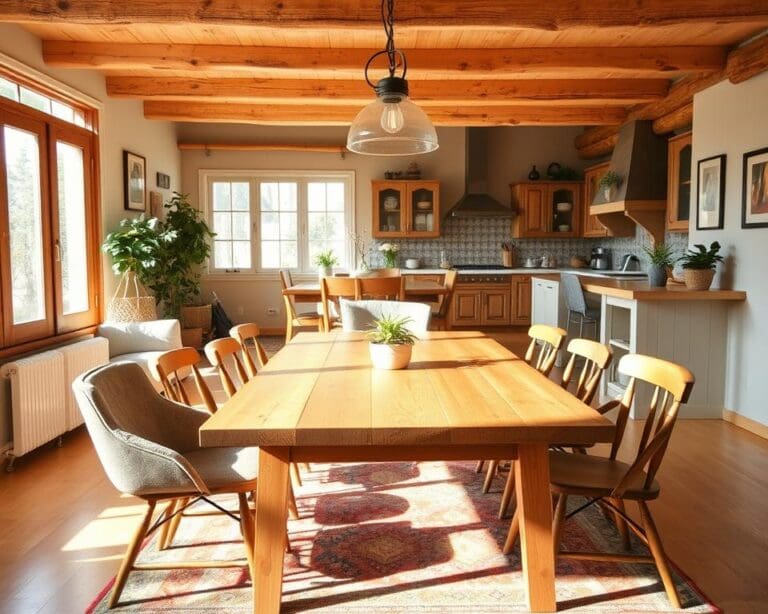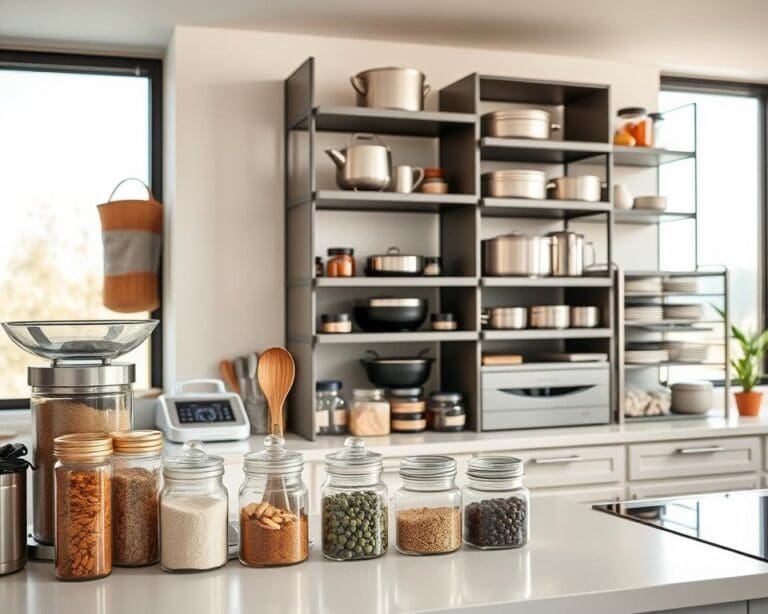Wine pairings have the remarkable ability to transform a simple meal into a gourmet experience, making every dinner memorable. Understanding the nuances of how wine complements food is essential for anyone looking to elevate dinner offerings. The perfect wine match can enhance flavours, evoke emotions, and create delightful memories around the table. As we delve into the world of wine, we invite you to explore various types and their unique profiles, ensuring you discover the ideal wine pairings that will truly enhance your dining occasions.
The Importance of Wine Pairings
Wine pairing sits at the heart of culinary enjoyment, offering an opportunity to elevate flavours and create memorable dining experiences. Understanding the key principles behind wine and food pairing can transform any meal.
Understanding the Basics of Wine and Food Pairing
Wine pairing basics centre around the idea of balance. Matching the intensity of a wine with the dish can result in harmony on the palate. For example, a robust red wine complements hearty meats, while a crisp white can elevate seafood. Essential factors to consider include:
- Flavour profiles: Sweet wines can cut through spicy dishes, while acidic wines can enhance richer foods.
- Texture: The mouthfeel of a wine should complement or contrast with the food, adding depth to the overall experience.
- Regional matchups: Pairing local wines with regional cuisine often brings out the best in both.
How Wine Enhances Dining Experiences
Wine does more than just complement food; it enriches the overall dining experience. By choosing the right wine, hosts can create a convivial atmosphere that invites conversation and pleasure. Wine has a unique ability to:
- Enhance flavours: The right wine can elevate subtle nuances in a dish, making each bite memorable.
- Create a sense of occasion: Sharing a bottle can signify celebration, forging connections among guests.
- Encourage exploration: Each pairing can spark curiosity, leading diners to discover new likes and preferences.

Wine Pairings That Elevate Every Dinner
Pairing wine with food transforms a simple meal into a memorable culinary experience. In this section, we explore the perfect red wine pairings for robust dishes and delightful white wine pairings to complement lighter fare. Selecting the right wine can enhance the flavours of the dishes served, creating a harmonious balance on the palate.
Red Wines for Hearty Dishes
When it comes to hearty dishes, red wines play a crucial role in accentuating the richness of the meal. Consider options like:
- Cabernet Sauvignon: Known for its bold structure, this wine pairs magnificently with grilled meats and stews, bringing out the deep flavours of the dish.
- Shiraz: With its spicy notes, Shiraz complements barbecued meats and rich sauces, enhancing the overall dining experience.
- Pinot Noir: Ideal for those opting for a lighter red, Pinot Noir works beautifully with roasted vegetables and game dishes, offering a fruity contrast.
White Wines for Light Fare
White wines are perfect companions for lighter fare, allowing the freshness of ingredients to shine. Some excellent choices include:
- Sauvignon Blanc: Its crisp acidity makes it a fantastic match for seafood and salads, cutting through the richness while complementing the fresh flavours.
- Chardonnay: A versatile option, Chardonnay pairs well with creamy pasta and chicken dishes, offering a nice balance to dishes that require a touch of elegance.
- Pinot Grigio: Known for its light and refreshing profile, this wine works wonderfully with light fare like grilled fish and light appetizers.
Classic Pairing Suggestions for Different Cuisines
Finding the ideal wine to enhance a meal can create a delightful dining experience. Classic wine pairings vary significantly among different cuisines, each bringing its own unique characteristics and flavours to the table. Here are some tailored recommendations for Italian cuisine, French cuisine, and Asian flavours.
Italian Cuisine: Perfect Partners
Italian cuisine shines when paired with the right wine. Chianti and Barbera stand out as exceptional choices, wonderfully complementing pasta and tomato-based dishes. The bright acidity of Chianti balances the richness of sauces, while Barbera’s fruity notes enhance the overall flavour profile, making it an excellent partner for hearty meals.
French Cuisine: Timeless Combinations
When indulging in French cuisine, wines such as Bordeaux and Burgundy offer classic synergy with rich, elegant meals. Bordeaux goes exceptionally well with duck or coq au vin, providing a deep, complex flavour that enhances the dish’s essence. Burgundy, renowned for its Pinot Noir, pairs gracefully with lighter meats and cream-based sauces, bringing out the subtle nuances of French culinary artistry.
Asian Flavours: Unexpected Matchups
Asian flavours invite adventurous pairings that can surprise and delight the palate. Riesling, with its fragrant and crisp characteristics, complements the intricate spices in Thai dishes, while a light Pinot Grigio can harmonise beautifully with Indian cuisines. Exploring these unique pairings allows for a vibrant culinary journey, showcasing how classic wine pairings can transcend traditional boundaries.
Regional Wines to Consider
Exploring regional wines adds an exciting dimension to any dining experience. From the lush vineyards of England to the renowned estates of France, each region offers unique flavours that can elevate a meal. Understanding the intricacies of these wines inspires both wine enthusiasts and casual drinkers alike to venture into the world of wine exploration.
English Wines: The Hidden Gems
English wines have marked their territory on the global stage, especially with sparkling wines that rival many renowned brands. Sussex and Kent have emerged as key players, showcasing English wines celebrated for their crispness and minerality. The Chardonnay and Pinot Noir varietals shine in sparkling formats, while still whites and reds provide a refreshing twist on traditional offerings.
Wines from France: A Taste of Tradition
Meanwhile, French wines continue to stand as benchmarks in the wine industry, representing centuries of refinement and tradition. Regions like Bordeaux, with its rich blends, and Burgundy, known for its elegant Pinot Noir and Chardonnay, remain popular choices. The complexity and character of these wines perfectly complement an array of dishes, making them timeless favourites for any occasion.
Tips for Choosing the Right Wine
Selecting the perfect wine for any occasion can transform a meal into an unforgettable experience. By paying attention to guest preferences and considering the seasonality of your choices, one can make informed decisions that cater to different tastes. Here are some valuable wine selection tips to enhance your dining gatherings.
Know Your Guests’ Preferences
Understanding the preferences of your guests is crucial when choosing wine. Taking the time to ask about favourite types of wines—whether they prefer bold reds, crisp whites, or perhaps a sparkling option—can guide your selection significantly. A varied selection allows everyone to find something appealing, ensuring a delightful experience for all.
Consider Seasonality and Occasion
Seasonal wines can enhance the dining experience by aligning with the atmosphere. For instance, celebrations in summer might call for refreshing white wines or rosés, whereas winter gatherings can benefit from rich and robust reds. Matching your wine choices to the season complements both the cuisine and the overall mood of the occasion.
Explore Different Wine Styles
Diversifying your wine selection opens up a world of flavours. Explore different wine styles, from organic wines to biodynamic options. This not only enriches the palate but also provides guests with unique tasting experiences. Embracing an adventurous approach to choosing wine encourages guests to discover new favourites and enhances the overall dining affair.
The Art of Serving Wine with Dinner
Serving wine is an integral part of any dining experience, transforming a meal into a memorable occasion. The correct wine temperature is fundamental; white wines should be served chilled, typically between 7-10°C, while red wines benefit from being just below room temperature, around 15-18°C. This attention to detail ensures that the wine’s flavours and aromas are at their peak, significantly enhancing the overall dining experience.
The choice of glassware also plays a crucial role in the enjoyment of wine. Using the appropriate glass can accentuate the wine’s characteristics, allowing for a greater appreciation of its nuances. For instance, stemmed glasses are recommended for whites to keep them cool, while wider bowls for reds help in aeration. By investing in quality glassware, one elevates not just the wine, but the entire aesthetic of the table setting.
Wine etiquette should not be overlooked in the serving process. Pouring techniques, such as avoiding overfilling and ensuring the label faces the guest, showcase consideration and care. Additionally, introducing the wine alongside the meal’s narrative adds a personal touch that guests will cherish. Each pour becomes not just an act of serving wine, but a celebration of the flavours and stories that accompany the meal.









